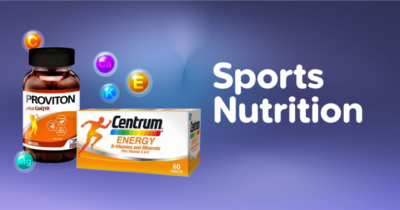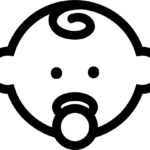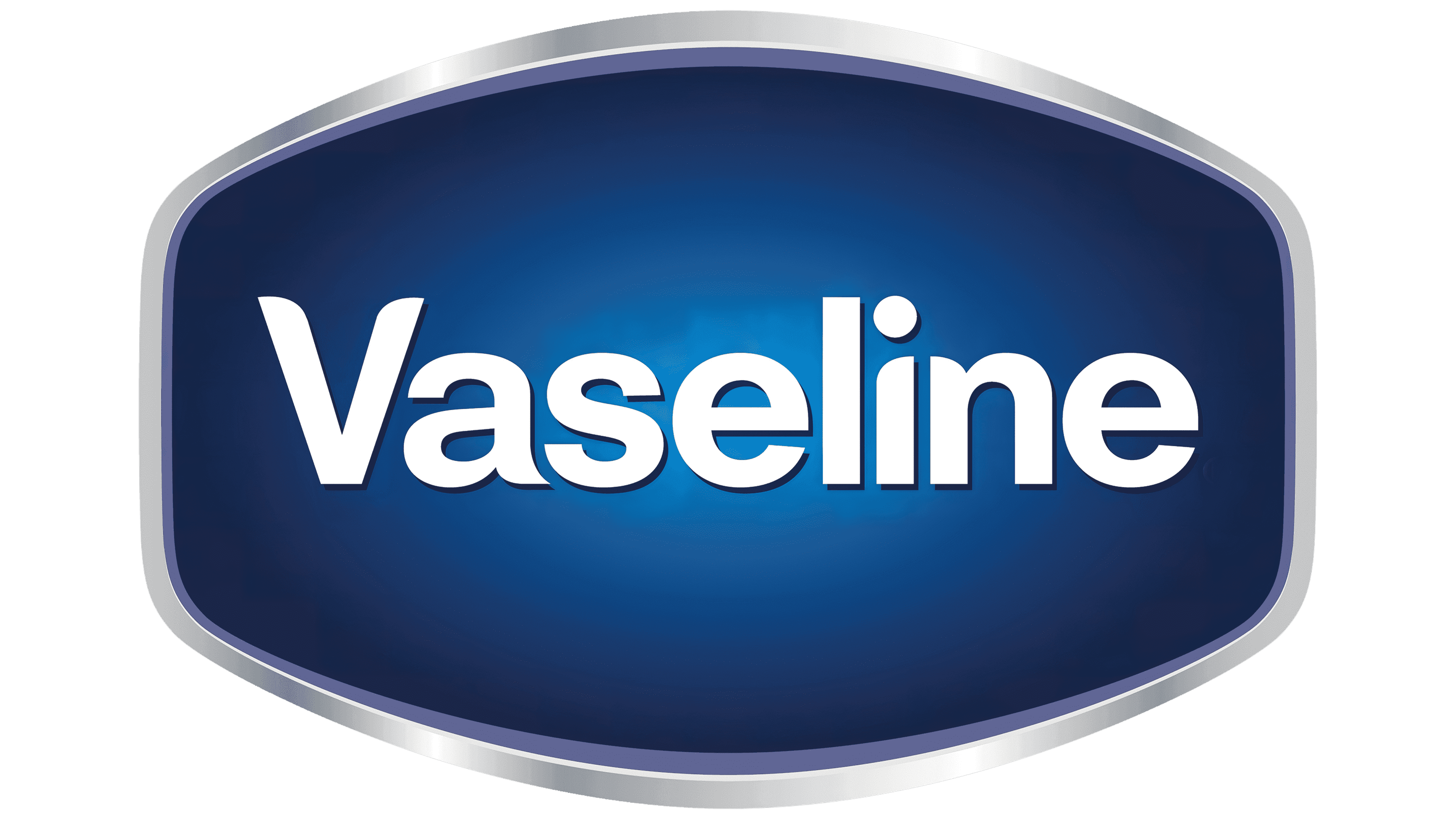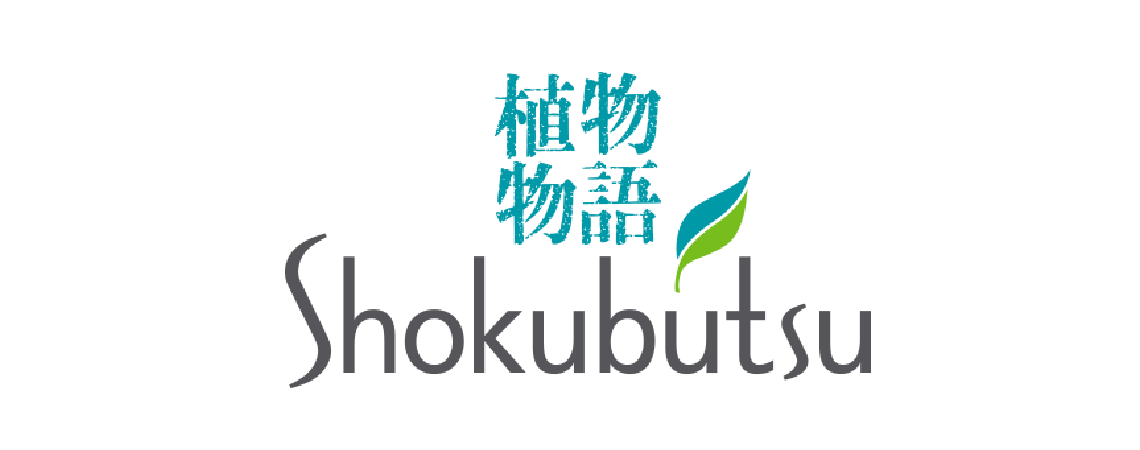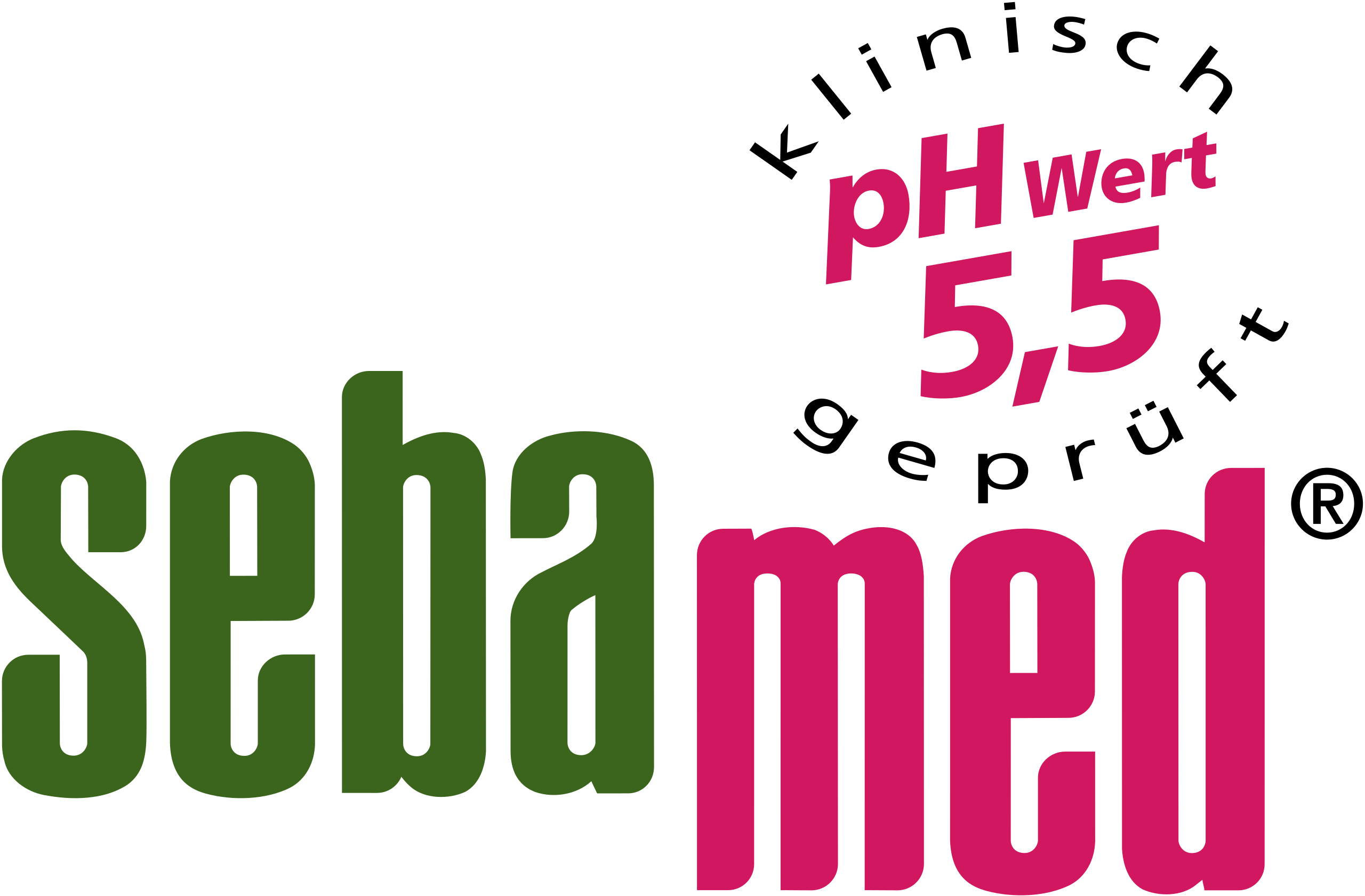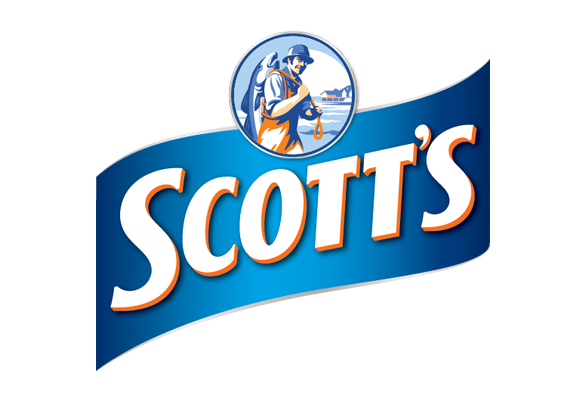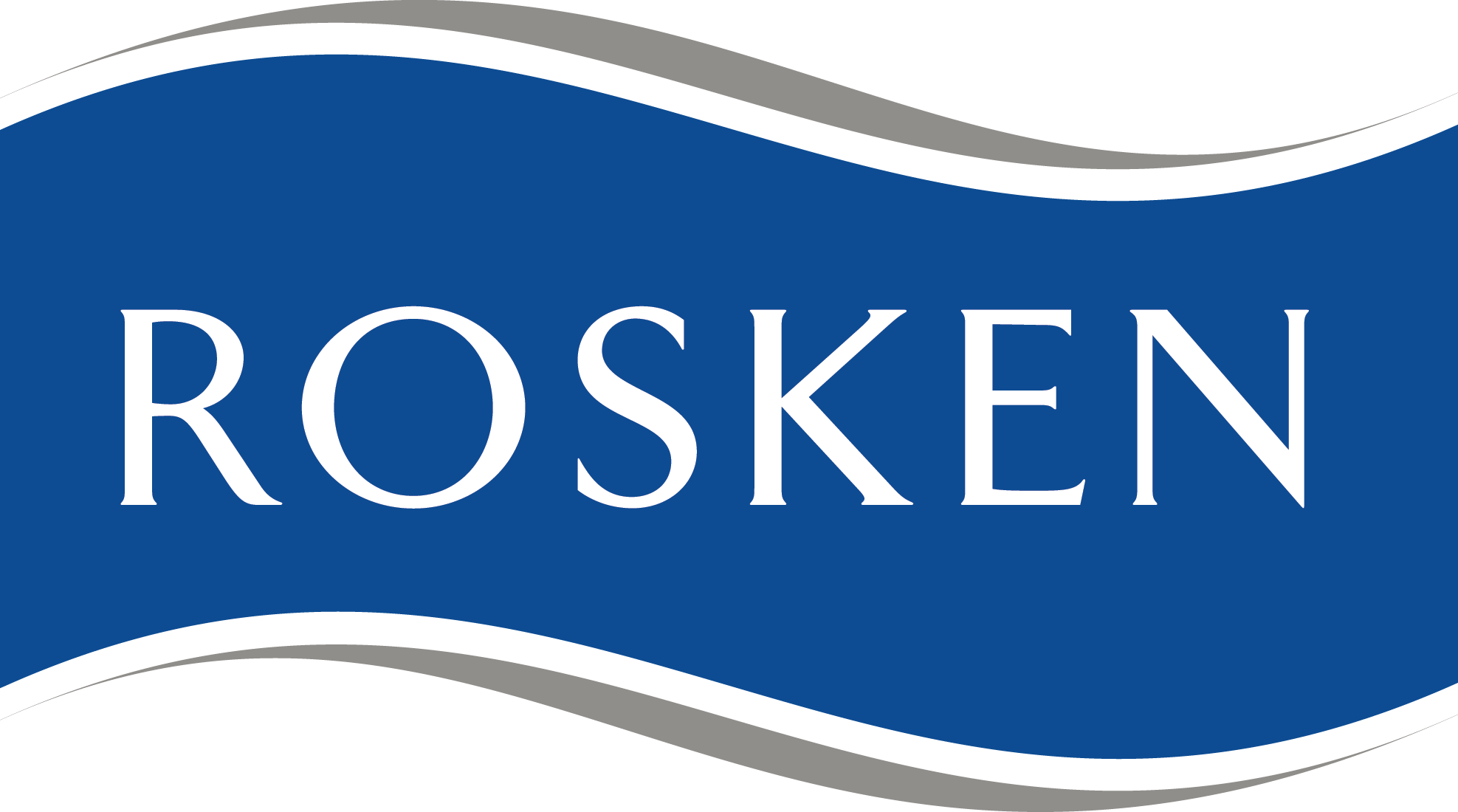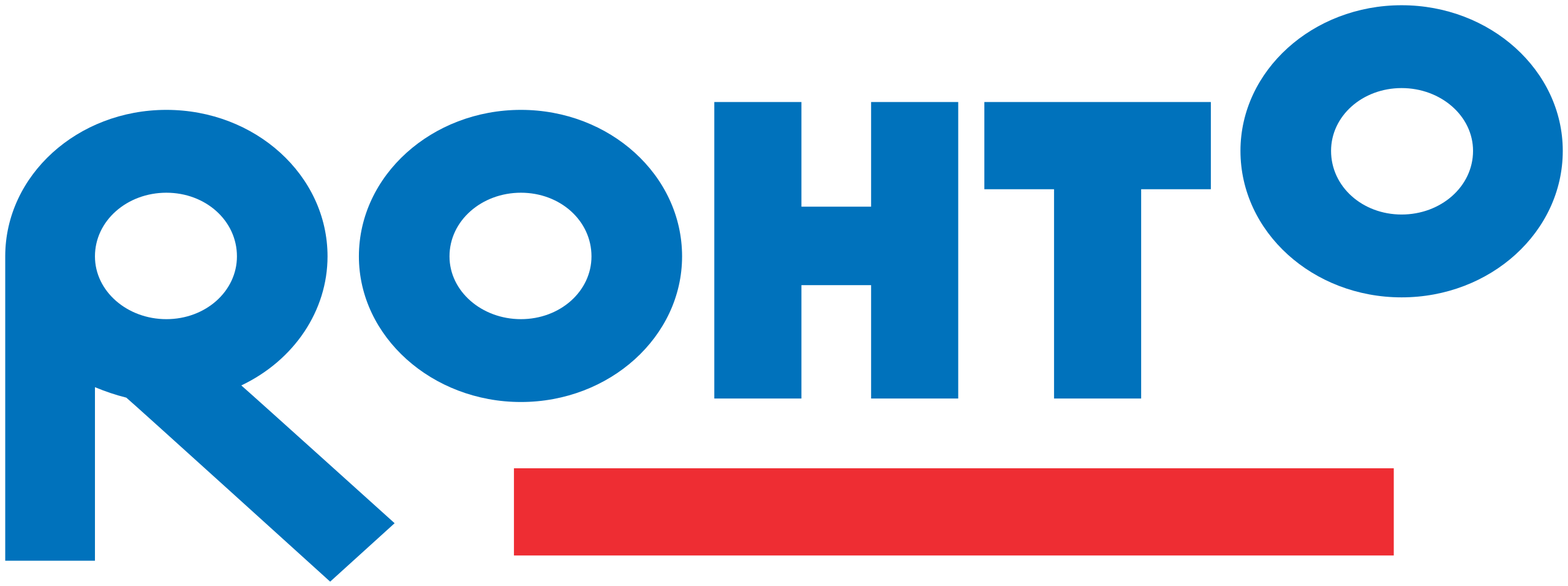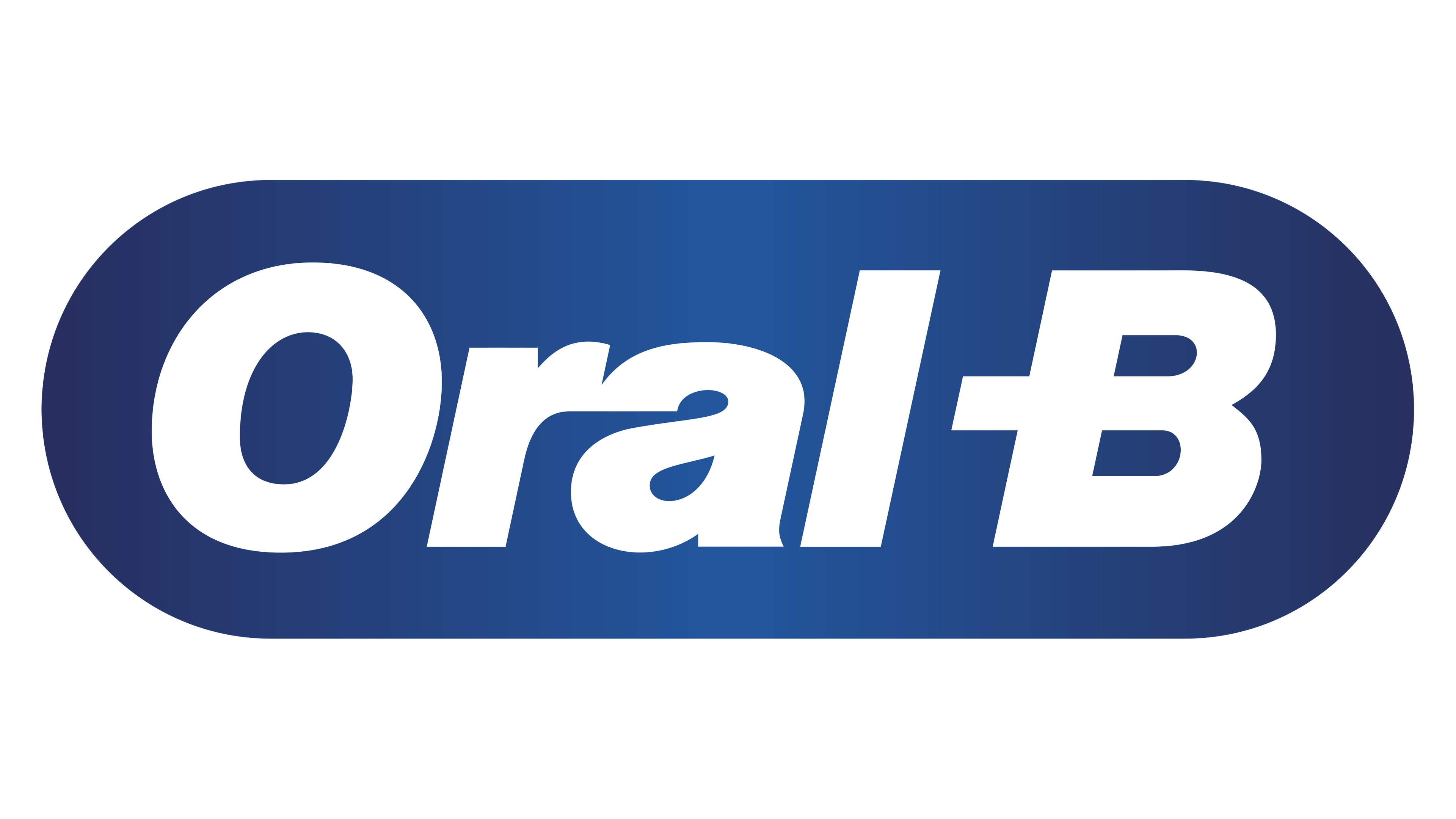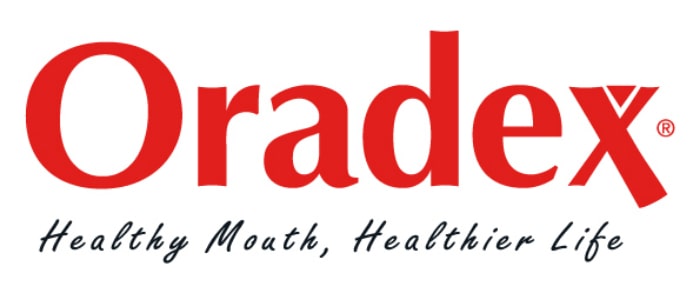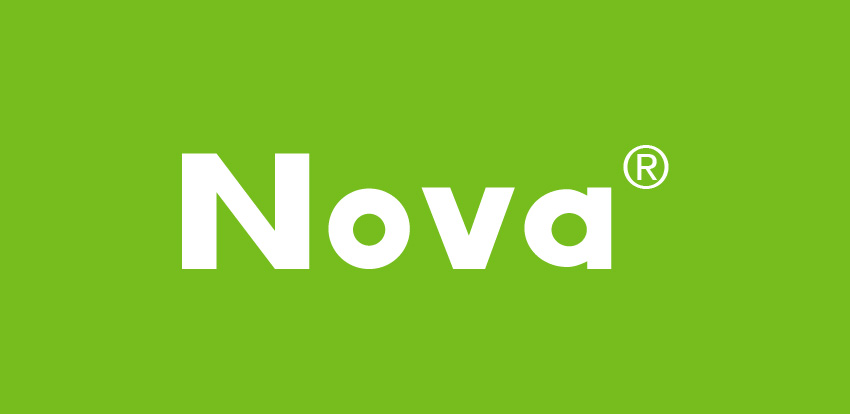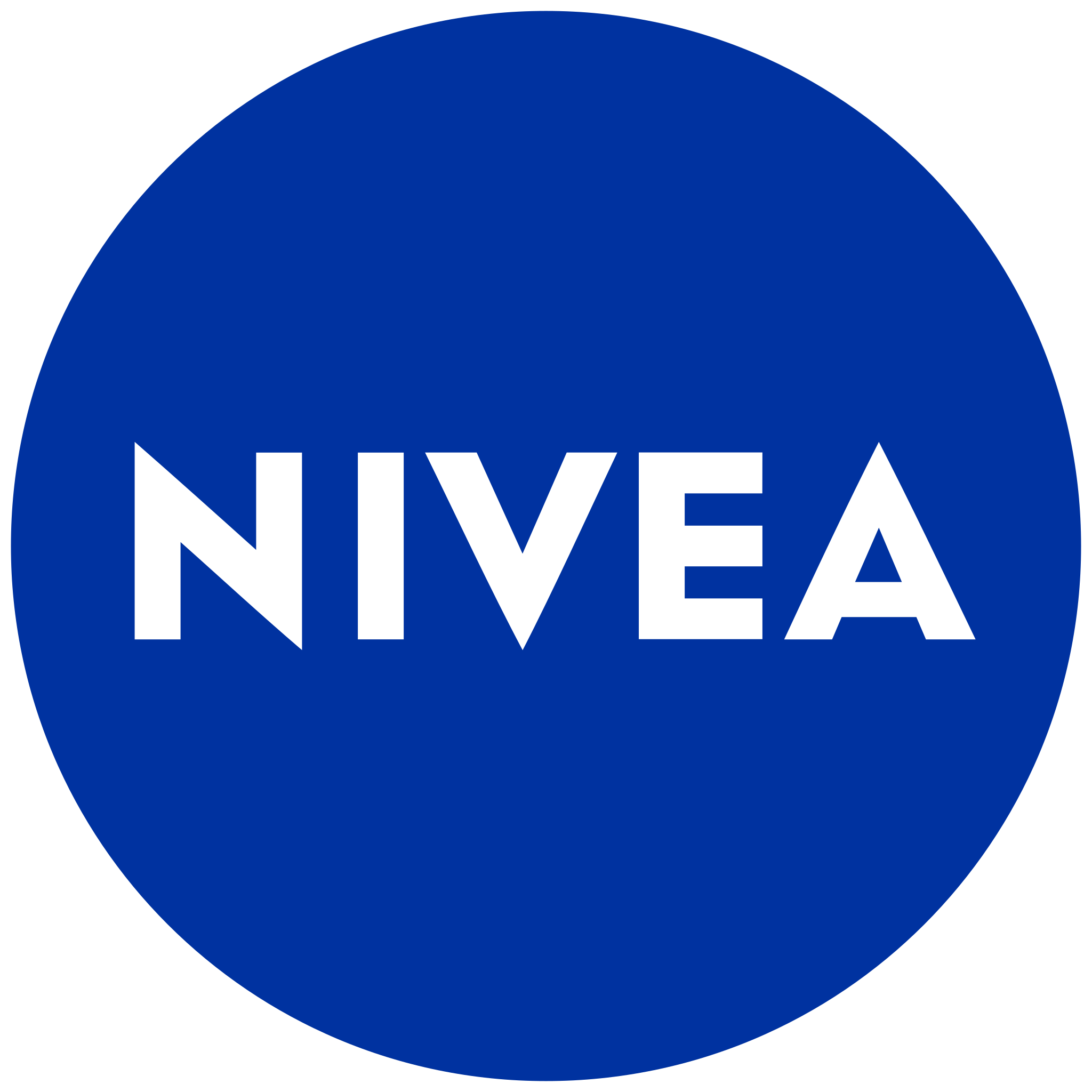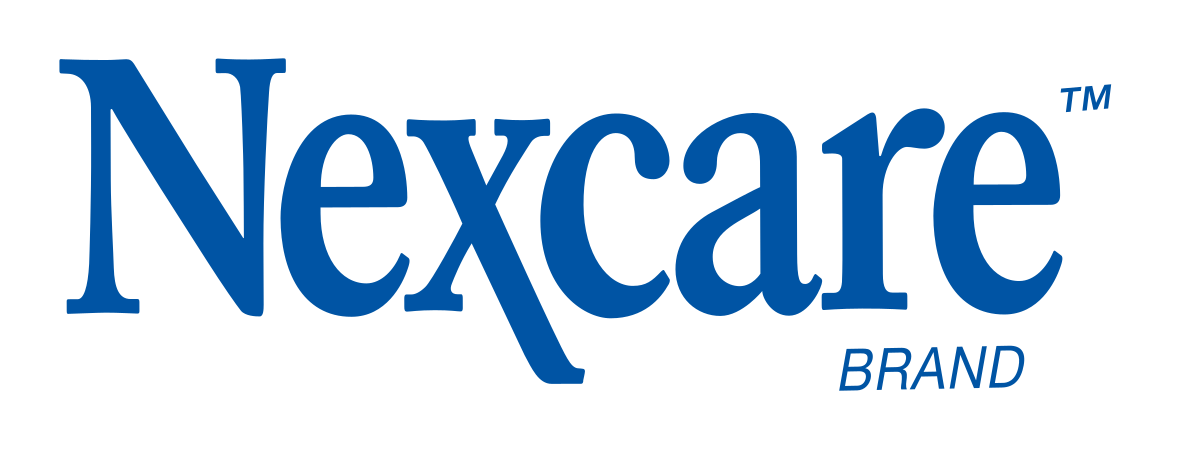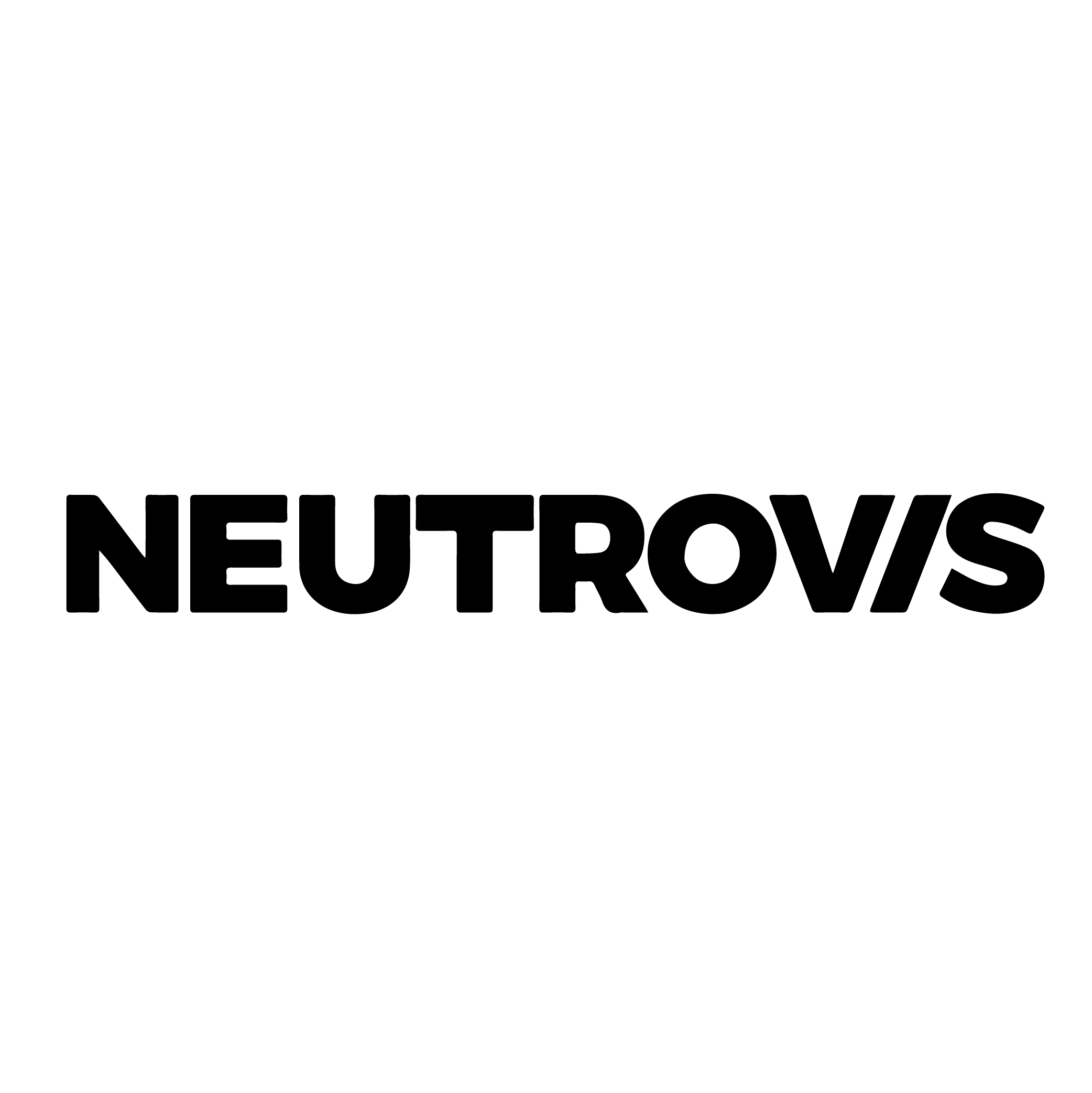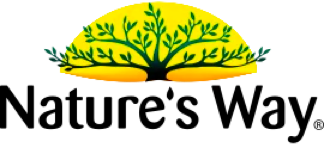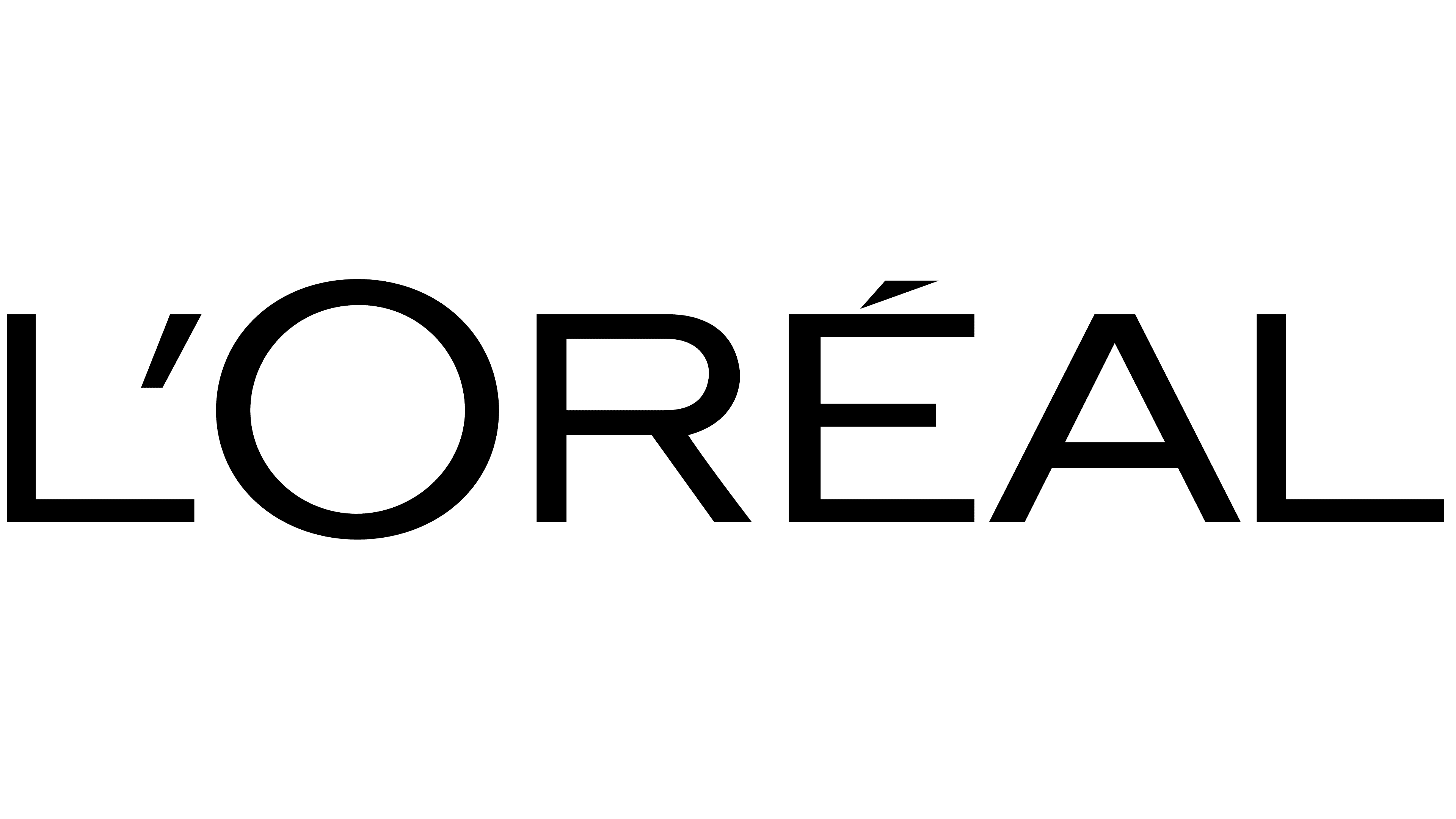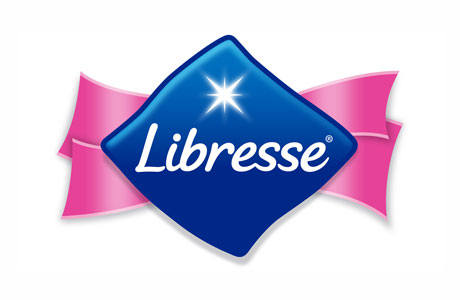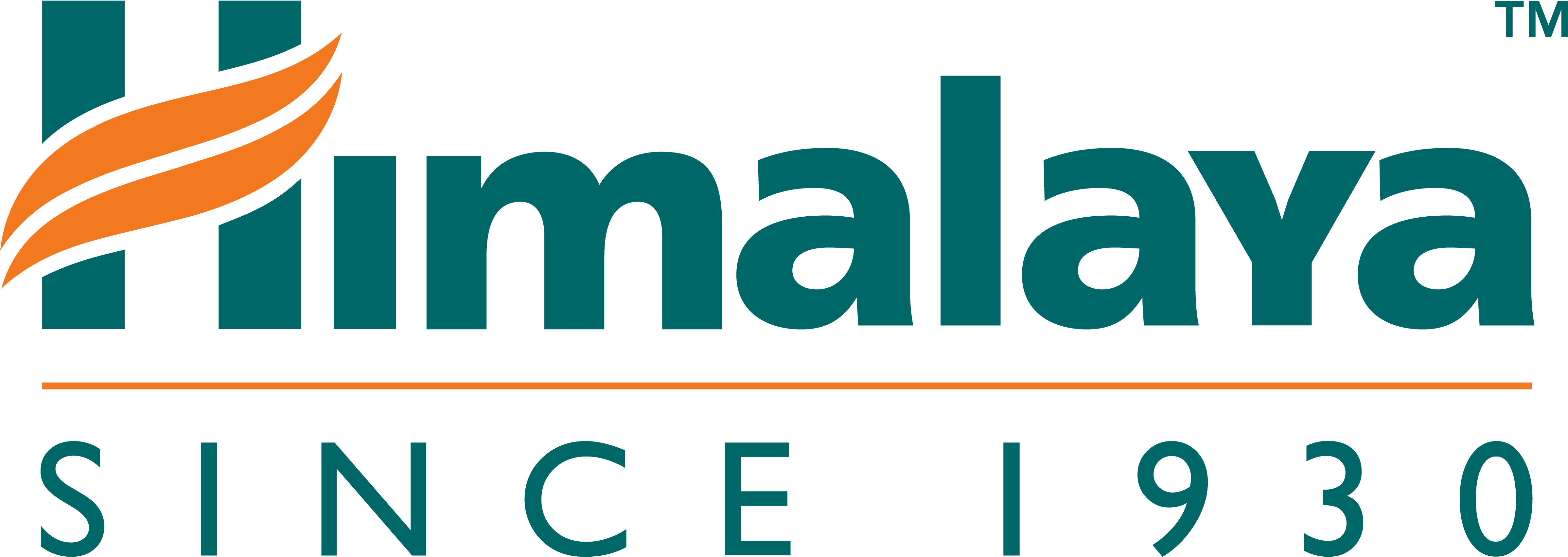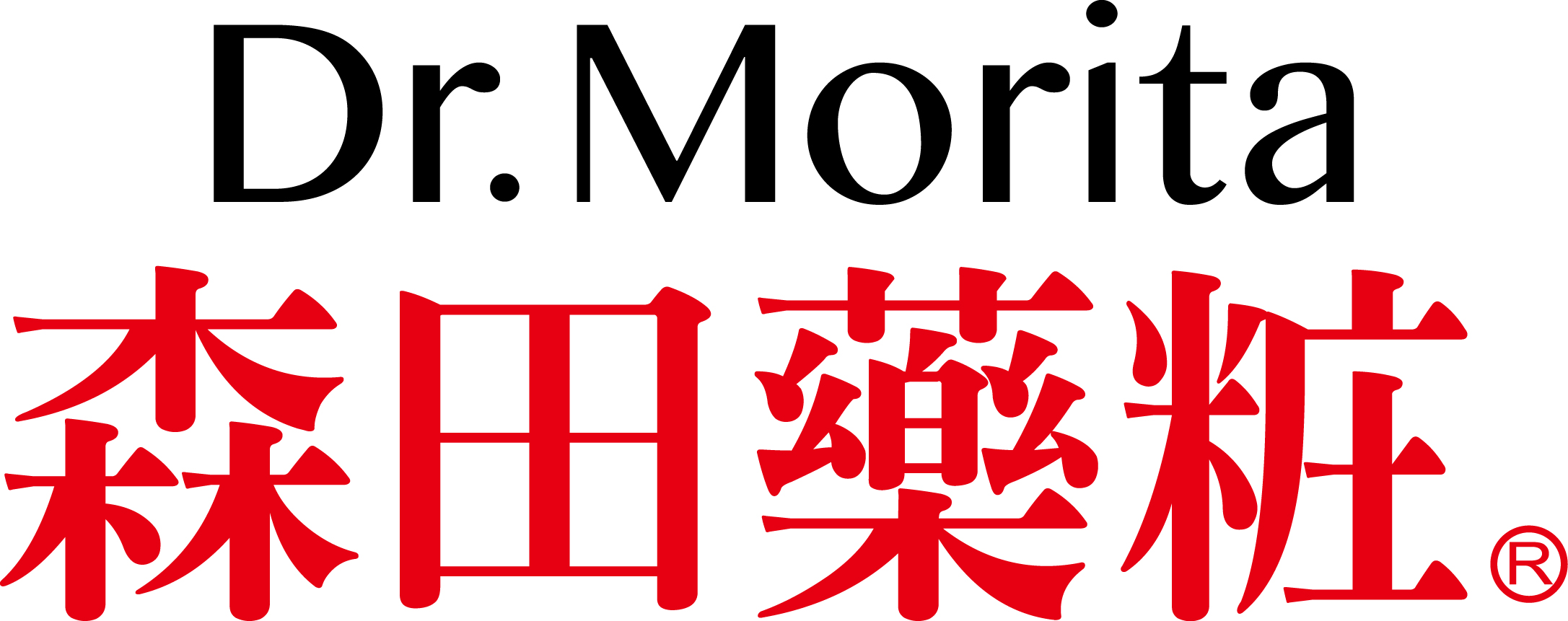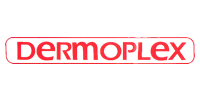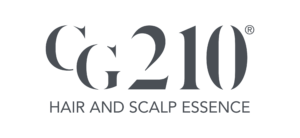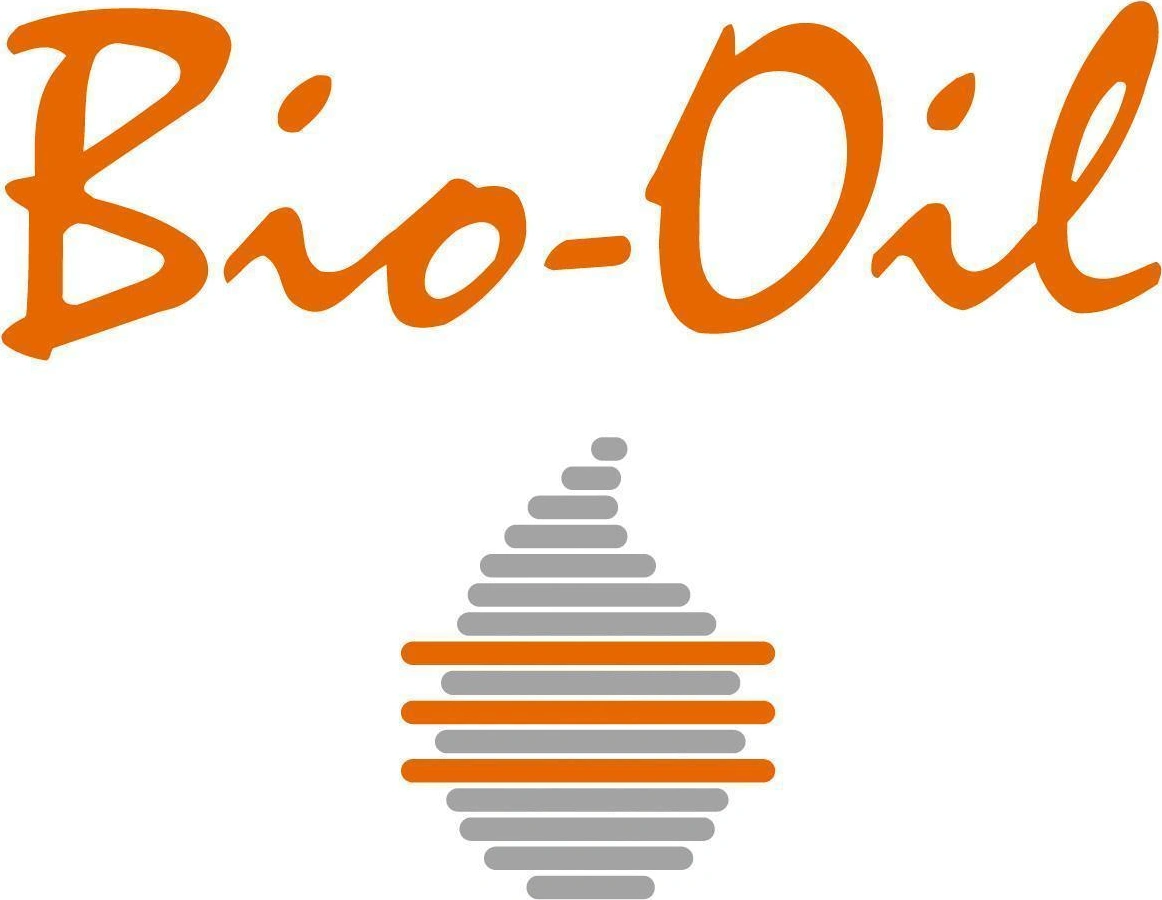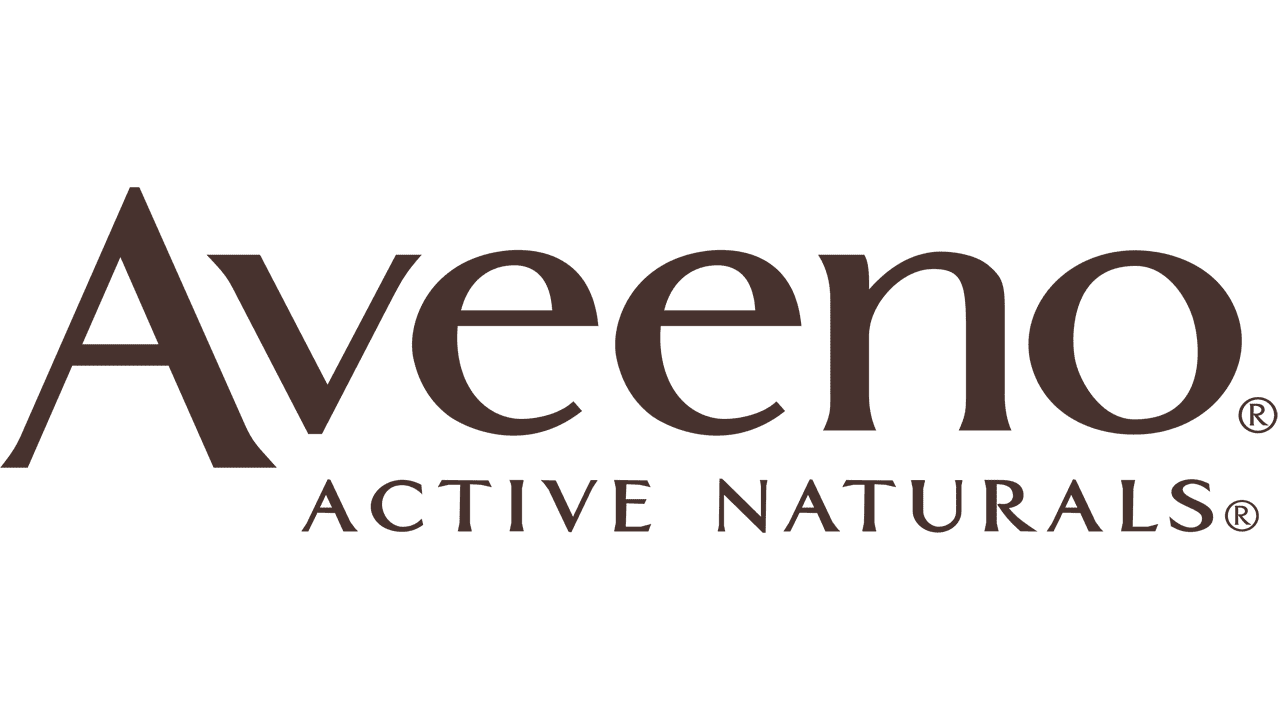Topical Treatment
4 Factors of developing acne
i. Follicular epidermal hyper-proliferation with subsequent plugging of the
follicle
ii. Excess sebum production
iii. The presence and activity of the commercial bacteria Propionibacterium Acnes
iv. Inflammation
| Agent | Sebum production | Comedogenesis | Antimicrobial activity | Inflammation |
|---|---|---|---|---|
| Adapalene | – | +++ | – | ++ |
| Tretinoin | – | +++ | – | + |
| Azelaic acid | – | + | + | + |
| Benzoyl peroxide | – | + | +++ | ++ |
| Clindamycin | – | + | +++ | +++ |
-Azelaic acid is safe for pregnant women (Group B). Massage a thin layer onto the affected area on the face twice a day.
-Benzoyl Peroxide might cause bleaching or discoloration of fabrics (e.g. clothing, bed linen, towels)
-Benzoyl Peroxide: Apply on the acne spot after washing skin. May apply twice/ thrice a day if needed. Start on night for a week, if no irritation, then can apply twice a day. Stop if skin irritation occurs.
-Adapalene and Tretinoin apply on entire face. Avoid sunlight. Not for pregnancy.
Oral Treatment
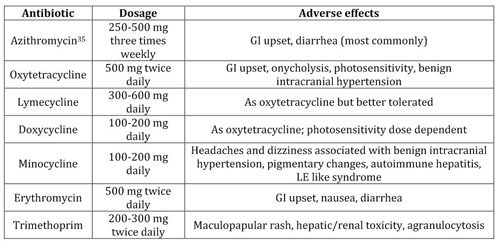
Steroids: potent steroids like clobetasol propionate applied twice daily for 5 days can reduce inflammation in active inflammatory nodule.
Oral Therapy: Systemic therapy for the treatment of acne include: antibiotics, hormones, isotretinoin and steroids
Antibiotics: indicated in cases of severe acne, moderate facial acne not responding to topical therapies and/or extensive truncal acne




